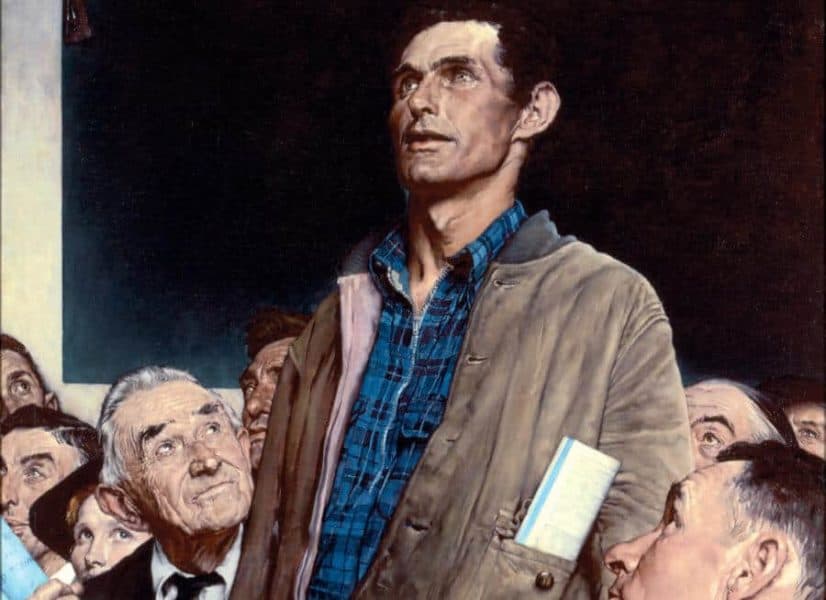Readers might nod along or roll their eyes at a newspaper opinion piece, but a new study provides evidence that op-ed columns are an effective means for changing people’s minds about the issues of the day.
Through two randomized experiments, researchers found that op-ed pieces had large and long-lasting effects on people’s views among both the general public and policy experts. The study, published in the Quarterly Journal of Political Science, also found that Democrats and Republicans altered their views in the direction of the op-ed piece in roughly equal measure.
The New York Times launched the first modern “opposite of the editorial page,” or op-ed page, on Sept. 21, 1970 to promote discussion and learning about salient issues in the news. Today, op-ed columns appear daily in all major print and online newspapers. Advocacy groups, political organizations, think tanks, and academics invest substantial time and resources into generating op-ed pieces.
“The time and energy it takes to produce an op-ed pieces raises a question: Are people persuaded by op-eds?” said Alexander Coppock, assistant professor of political science at Yale and the study’s lead author. “We found that op-ed pieces have a lasting effect on people’s views regardless of their political affiliation or their initial stance on an issue. People read an argument and were persuaded by it. It’s that simple.”
The researchers enrolled 3,567 people into the study through an online tool. In an initial survey, participants shared background information, such as their gender and party affiliation. They were randomly assigned into a control group or one of five “treatment” groups. Participants in the treatment groups were shown one of five op-eds that had been published in a major news outlet by a writer affiliated with the Cato Institute, a libertarian think tank, or U.S. Senator Rand Paul of Kentucky. Participants in the control group were not given an op-ed to read.
The op-eds, which had appeared in The New York Times, The Wall Street Journal, USA Today, or Newsweek, advocated libertarian policy positions on issues such as climate change, federal spending on transportation and infrastructure, and instituting a federal flat tax on income. The researchers gauged participants’ immediate reactions to the op-ed pieces and surveyed them again 10 and 30 days later, comparing their responses to those of participants in the control group.
The researchers performed the same experiment on a group of 2,169 “elites,” including journalists, law professors, policy-focused academics, think tank scholars, bankers, and congressional staffers.
In both experiments, people exposed to op-eds shifted their views to support the argument presented in the piece, with the general public being marginally more persuaded than the elites.
While 50% of people in the control group agreed with the views expressed in a given op-ed, 65%-70% of the people in the treatment groups expressed agreement with the op-eds’ authors immediately after reading the pieces, Coppock said.
“These large differences suggest that people are persuadable on policy issues by substantial amounts,” Coppock said.
The gap between the control and treatment groups closed by about half after 10 days, but remained substantial, Coppock noted. Participants’ views changed little between 10 and 30 days after reading the op-eds, demonstrating a lasting effect, he said.
The researchers concluded that op-eds are a cost effective way to influence people’s views. Based on the cost of producing an op-ed, the number of people likely to read it, and its ability to sway a reader’s opinion, the researchers estimated that an op-ed costs from about 50 cents to $3 per mind changed.


